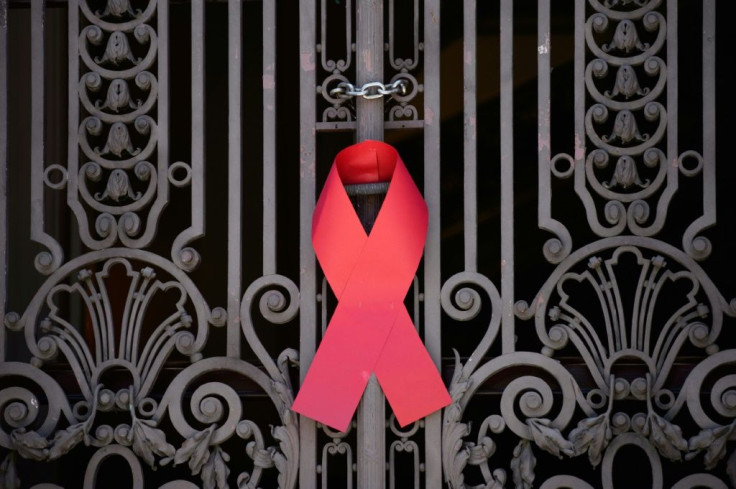HIV Cure: 'London Patient' Becomes Second Man On Earth To Be Free From Deadly Virus
KEY POINTS
- Adam Castillejo a.k.a. ‘London patient’ was diagnosed with HIV in 2003
- In 2012, he was diagnosed with advanced Hodgkin’s Lymphoma
- In 2016, he received a bone marrow transplant from a donor with an HIV-resistant genetic mutation
- And now 30 months after discontinuing the traditional treatment, he has been cured of HIV.
After finding no trace of HIV infection 30 months after discontinuing the traditional treatment, a second patient-ever has been reported to be cured of AIDS. The ‘London patient’ from Venezuela was a cancer survivor, who was mentioned in the headlines last year. Experts at the University of Cambridge reported that there wasn’t any trace of the AIDS-causing deadly virus left in his blood for over 18 months.
Adam Castillejo, 40, was diagnosed with HIV in 2003 and had been getting treated to keep the disease in control since 2012. It was devastating when he was diagnosed with advanced Hodgkin’s lymphoma -- a deadly form of cancer.
Four years later, he underwent bone marrow transplant to treat cancer and received stem cells from donors with a genetic mutation which prevents HIV from taking hold, News24 mentioned.
Per the study lead author Ravindra Gupta, the new test results were ‘even more remarkable’ and, in his paper, published in The Lancet HIV, they have demonstrated that the patient has been cured.
The previous and first-ever patient cured of HIV, Timothy Brown, who is known as ‘Berlin patient,’ also received a similar bone marrow transplant in 2007 and lives an HIV-free life since then.
In both these cases, the stem cells used for their bone marrow transplants came from donors who had a relatively rare genetic mutation that confers HIV-resistance.
However, the experts have clarified that such a bone marrow transplant might not work as standard therapy for all HIV patients. Although the transplants were risky, both these patients needed them to treat their cancers, which happened to cure HIV, mentioned Live Science.
“We believe these findings probably represent the second recorded HIV-1 cure after CCR5Δ32/Δ32 allo-HSCT, with evidence of residual low-level HIV-1 DNA. Despite showing (in both the London patient and the Berlin patient) that CCR5-directed approaches can lead to long-term remission of HIV-1, several barriers remain to be overcome (eg, gene editing efficiency and robust safety data) before CCR5 gene editing can be used as a scalable cure strategy for HIV-1,” the study concluded.

© Copyright IBTimes 2025. All rights reserved.






















